.jpg)
A Renaissance Recipe: Bartolomeo Scappi's Fruit-Filled Cinnamon Twists
.jpg)
Author Crystal King muses on life, history, writing and food.
.jpg)
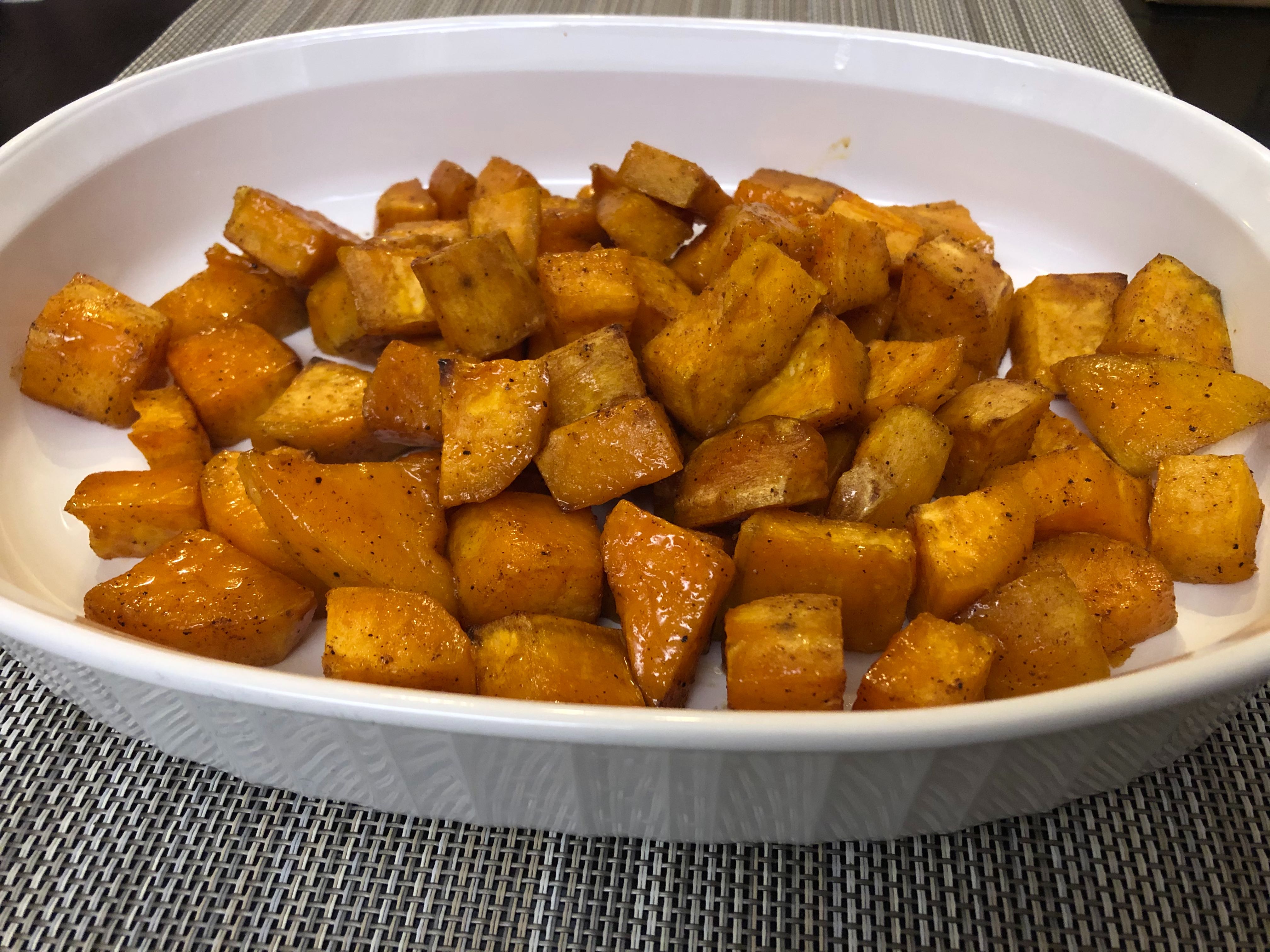
Every holiday season, the humble sweet potato transforms into a delicious side dish, sometimes simple, sometimes decadent. The sweet potato (which is different than a yam, sorry Louisiana) is a tuber native to South America but it found its way to Europe and parts East once the New World explorations began. Gerard Paul, over at the fantastic site, ManyEats, has a fascinating history of the sweet potato here.
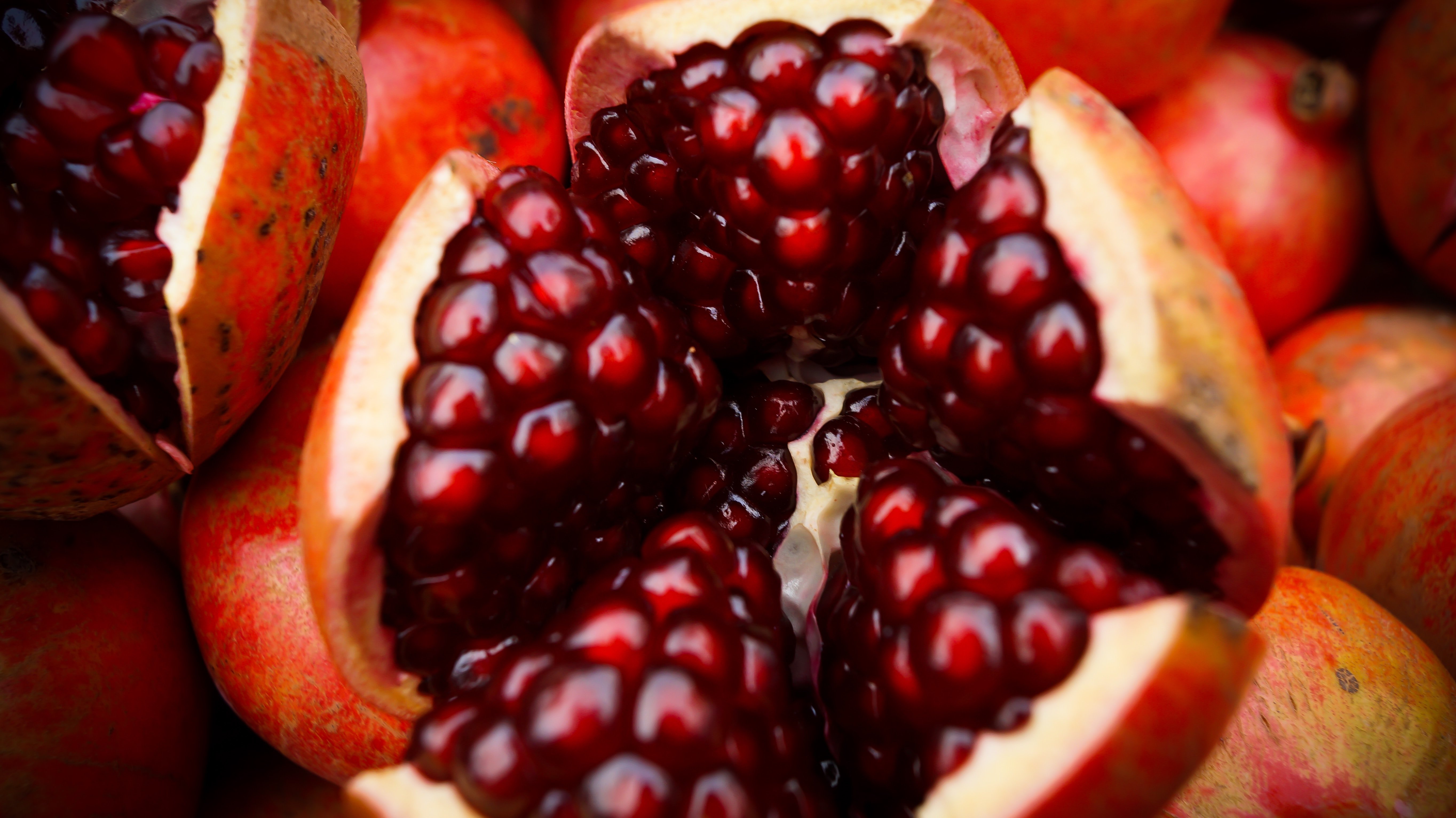
The first turkey recipes appear in the Italian cookbook in L'Opera di Bartolomeo Scappi (who happens to be the protagonist in my novel, The Chef's Secret). Turkeys found their way to Italy during the Renaissance, but it wasn’t until the latter half of the century that they were deemed suitable for eating. As you might know, turkeys are a bird native to the Americas and were prized by the ancient Aztecs and Native Americans alike. Christopher Columbus noted the bird when he first came to America, but it wasn't until around 1519 when Spanish and Italian explorers first brought turkeys to Europe. Initially they were regarded as a beautiful and strange oddity, and many nobles kept them as pets or gave them to others as extravagant gifts. They were loved for their unique look, with artists depicting them in sculpture and paintings. The sculpture you see here, by Italian sculptor Giambologna, is from 1560, of the prized pet of Cosimo di Medici. The Italians called them gallo d'India (or birds of India) because of general geographical confusion by early explorers. Eventually, however, turkeys became even more loved for their delicious and unusual flavor.
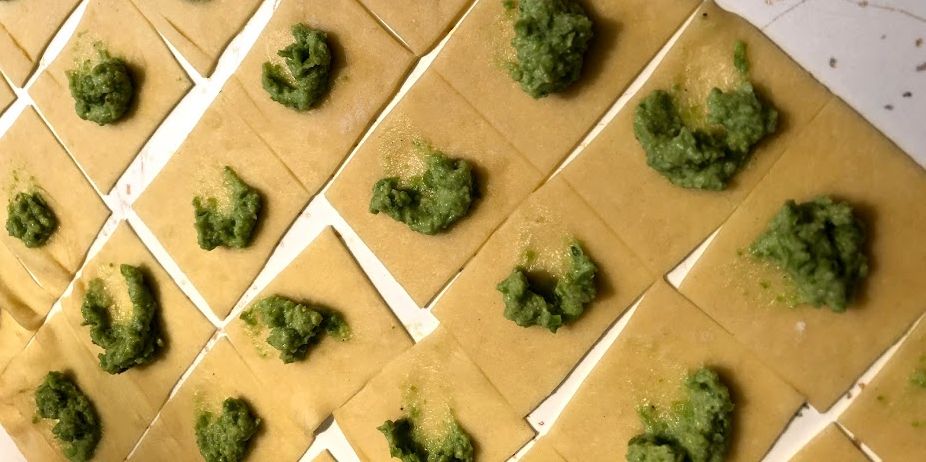
One of my favorite things about writing THE CHEF'S SECRET was trying my hand at some of Bartolomeo Scappi's recipes. L’Opera di Bartolomeo Scappi includes some of the first recipes resembling what we know as pasta today, including stuffed pasta such as tortellini and tortelli. It was a fun challenge trying to figure out how to make this recipe, from Book II.252 of L’Opera, work. The dough, which is made with with sugar and rosewater but no oil, is a bit softer and more pliable than what is common today. The spices lend themselves well to the peas, however, and this makes a perfect spring dish. But if you are like me, and love peas any time of the year, by all means, go with the frozen peas. It's still a delightful and surprising dish!
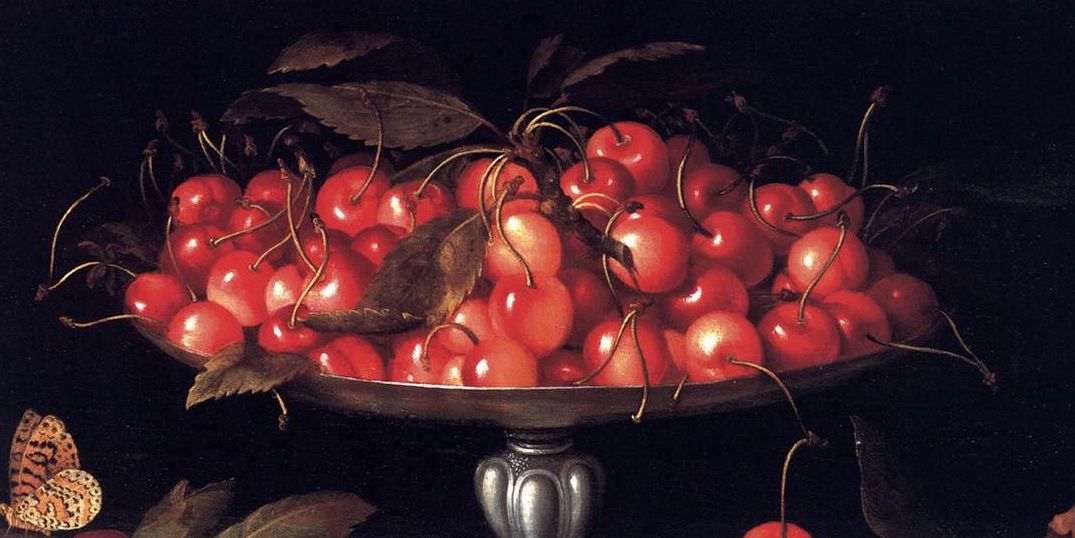
Much of this article (written by me!), originally appeared on Let Them Read Books.
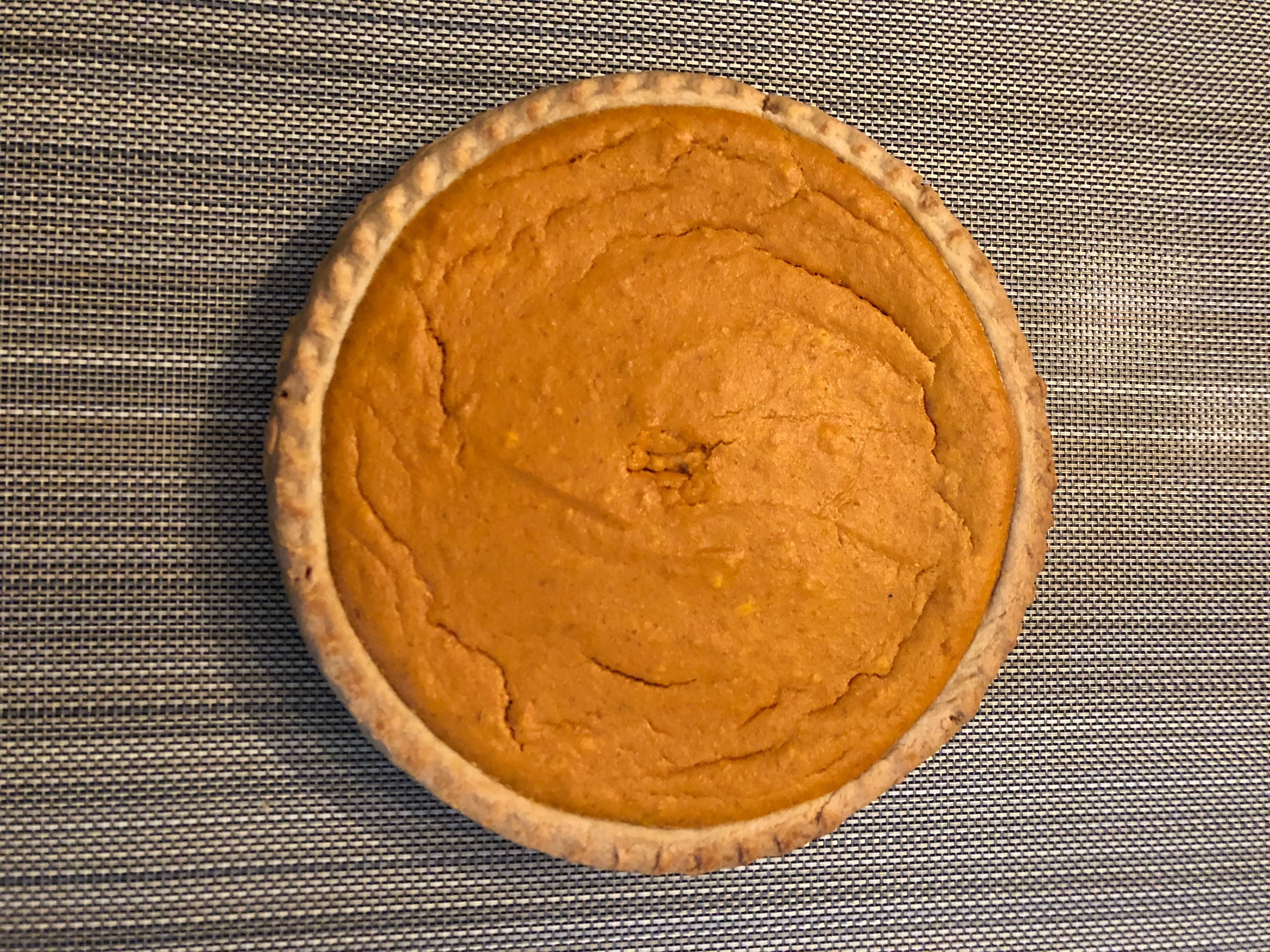
It's #NationalPieDay!! So of course I had to share one of my favorite Renaissance recipes, one for a pumpkin tourte.
Pumpkin pie in the Renaissance? I hear you say. Isn't that a food from North America? Why yes, but let me explain. In renowned chef Bartolomeo Scappi's 1570 cookbook, he describes a pie which includes a recipe for a gourd that translates as the word "pumpkin." Now, the word for "pumpkin" has been used on a variety of gourds throughout the centuries, dating back to ancient times. It's possible that the pie he describes was actually a squash pie, but with the influx of foods from the new world (Scappi also includes some of the first European recipes for turkey in his book), I like to think that perhaps the pumpkin that we know and love today might have been what Scappi was using when he created this recipe.